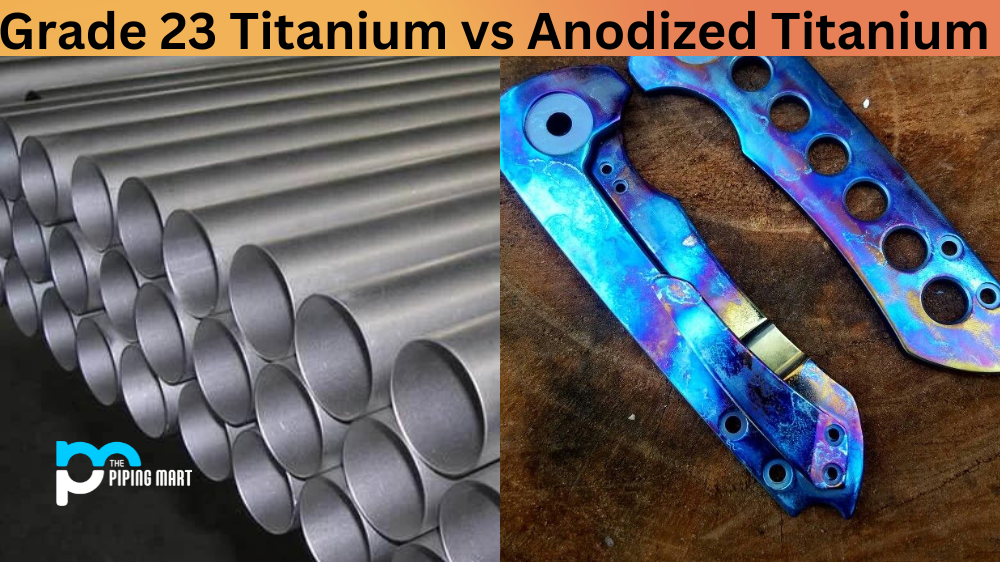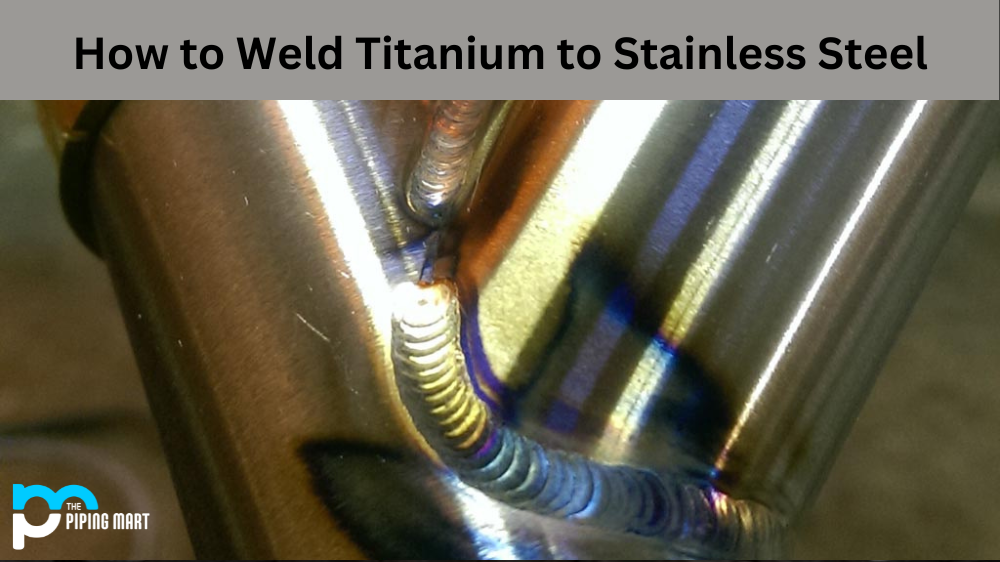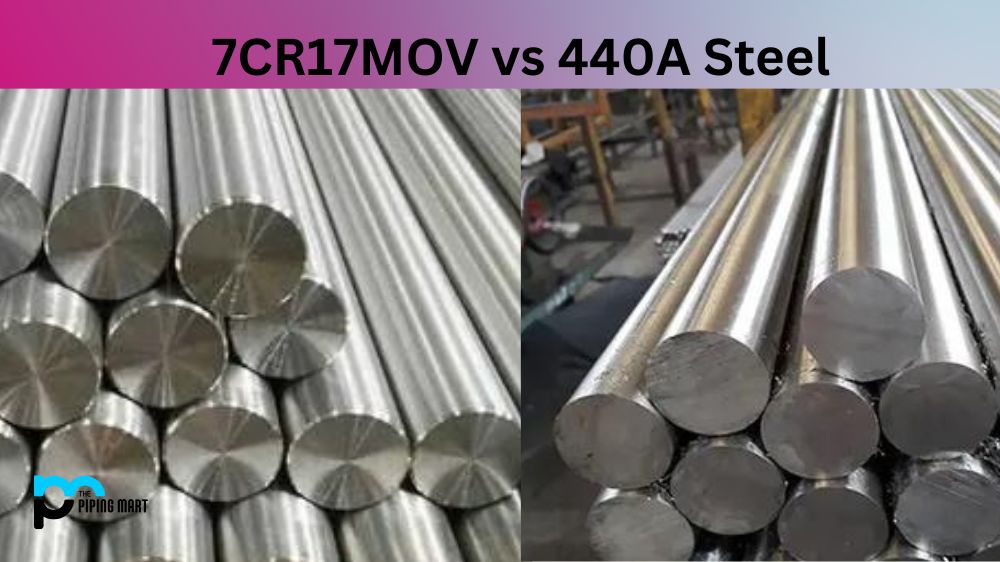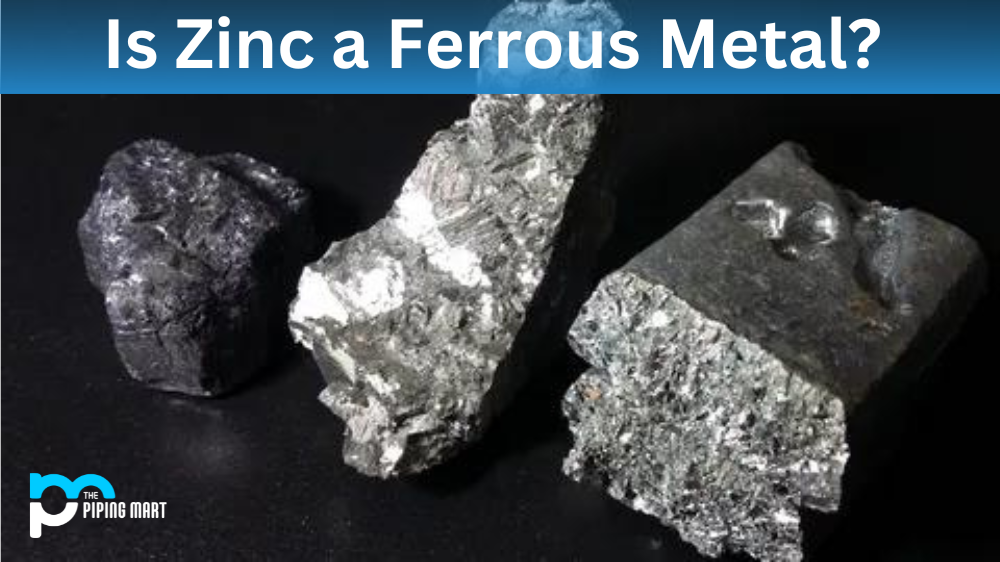Titanium is a popular material used in various industries due to its excellent strength-to-weight ratio, corrosion resistance, and biocompatibility. However, not all titanium grades are created equal, and their properties can vary depending on the specific alloy used. In this article, we’ll compare two commonly used types of TitaniumTitanium – Grade 23 Titanium and Anodized Titanium – and help you choose the best fit for your needs.
What is Grade 23 Titanium?
Grade 23 Titanium, or Ti-6AL-4V ELI, is a biocompatible alloy commonly used in the medical industry for implants and surgical instruments. This material is also popular in the aerospace, defence, and marine industries due to its high strength and excellent fatigue resistance. The “ELI” in its name stands for “Extra Low Interstitials,” meaning it has lower amounts of oxygen, nitrogen, and carbon, which can hinder the material’s mechanical performance. It has a higher strength-to-weight ratio and excellent oxidation and corrosion resistance than other titanium grades.
What is Anodized Titanium?
Anodized TitaniumTitanium is not a specific titanium grade but a surface treatment process that enhances Titanium’sTitanium’s corrosion resistance and provides an aesthetic finish. It’s created by immersing the titanium material in an electrolyte solution and passing an electric current through it, creating a thick oxide layer on the material’s surface. This process doesn’t alter the titanium material’s mechanical properties but significantly improves its surface hardness and corrosion resistance. Anodized titanium can come in various colours, depending on the voltage and solution used.
Difference Between Grade 23 Titanium and Anodized Titanium
Advantages and Disadvantages of Grade 23 Titanium
While Grade 23 Titanium boasts excellent properties, it comes with some drawbacks. One downside of this material is that it’s relatively expensive, making it less practical in certain applications. It’s also challenging to machine, requiring specialized equipment and expertise. Additionally, this material has a higher Young’s modulus, meaning it’s stiffer and less flexible than other titanium alloys.
Advantages and Disadvantages of Anodized Titanium
Anodized TitaniumTitanium offers excellent surface protection with a beautiful finish, making it ideal for jewellery, eyeglasses, and other fashion accessories. It’s also more cost-effective than Grade 23 Titanium, making it accessible to more applications. However, one downside of this material is that its layer thickness can be inconsistent across the material, making it challenging to control the final product’s colour and finish. Additionally, the anodization layer can scratch and wear off over time, exposing the underlying titanium material to corrosion.
Choosing the Right Material
Deciding between Grade 23 Titanium and Anodized Titanium depends on your application’s requirements. If you need a high-strength material that’s biocompatible and resistant to fatigue, Grade 23 Titanium is an excellent choice. However, Anodized Titanium is the way to go if you’re after aesthetics and corrosion resistance. You can combine both approaches by using Grade 23 Titanium as the material’s core and applying the anodization process to enhance its surface protection.
Conclusion
In conclusion, there’s much to consider when choosing between Grade 23 Titanium and Anodized Titanium. Both materials offer unique properties and benefits, so they cater to your application’s needs. Whether you require high strength, biocompatibility, or a beautiful finish, TitaniumTitanium has you covered. Contact your local metal supplier to explore the options and determine the best fit for your project.




